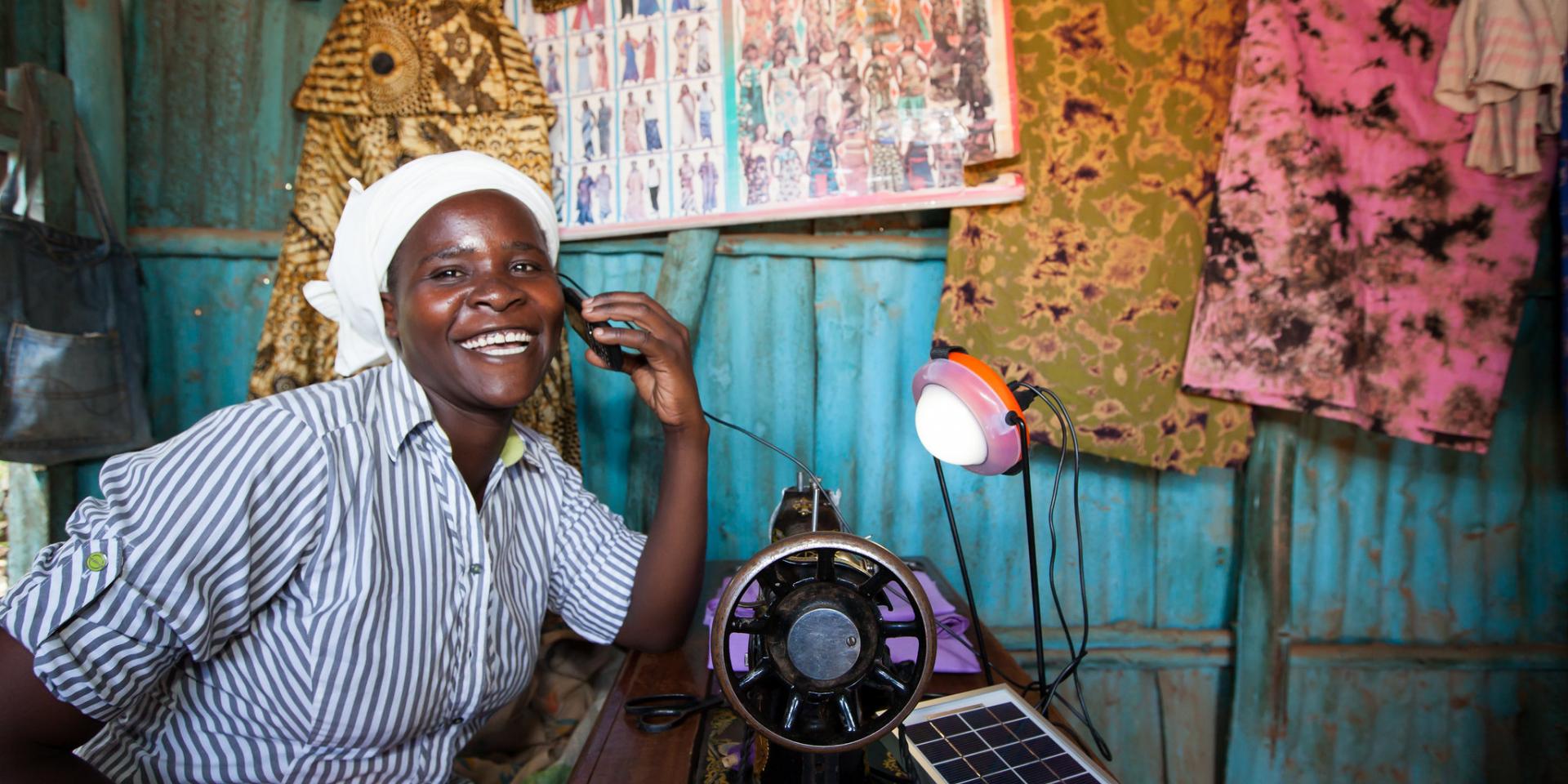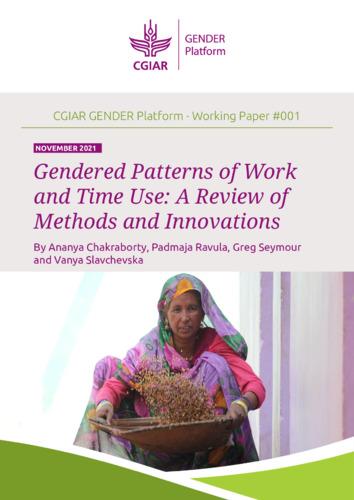Spot phone calls: A new method for measuring time use
 Photo: Corrie Wingate/SolarAid
Photo: Corrie Wingate/SolarAid
A phone-based survey approach in which short phone calls, placed at different times of the day and/or different times of the year, are used to collect time-use data.
Why is the method important?
Measuring time use can provide important insights for different research questions. However, many time-use measures do not capture seasonal differences or other qualitative dimensions of time use and activities that are considered less ‘important’ or ‘desirable’. Spot phone calls are a new method for measuring time use that addresses these issues.
Who is the method for?
The method can be used by researchers to collect data.
Country of focus: Northern Uganda
How can I use the tool?
The spot phone call methodology builds on past experience with sampling and spot observation methods. It collects time-use data at different times of the day by calling participants on their phones. (Consent from all participants is required. For children of 8 years and above, it is recommended to obtain verbal consent from them and their parents/guardians. For adults, it is recommended to obtain written content).
Similar to the spot observation methodology, spot phone calls record participants’ activities at different times of the day (e.g., early morning, morning, mid-day, afternoon, evening) over a given period, such as a week. To capture seasonality, the spot phone calls are repeated in different seasons of the year. During the calls, different family members (including older children) are asked about their activities at the specific moment, followed by some open-ended and follow-up questions, for example asking what they are doing at that moment and for how long, how they are feeling or who decided on their time use.
When and how was it developed?
The spot phone calls methodology was documented in 2020 by Lucia Aline Rost and piloted in northern Uganda between 2017-2018 as part of a PhD project on time use, especially for care and domestic work in relation to social norms and social change. The research included different time-use measurements, such as household surveys with adults and children, interviews, focus group discussions and participant observation. Some survey and focus group discussion data were collected together with Oxfam’s WE-Care initiative.
Where can I get the method? Who can I contact?
Access or download (pdf 348 KB) the method.
Tools, methods, manuals
Publications

Gendered patterns of work and time use: A review of methods and innovations. CGIAR GENDER Platform working paper 001.
Spot phone calls: A new method for measuring time use
Rost, L. A. (2020). Spot phone calls: A new method for measuring time use. Methodological Innovations, 13(2). https://doi.org/10.1177/2059799120942046


